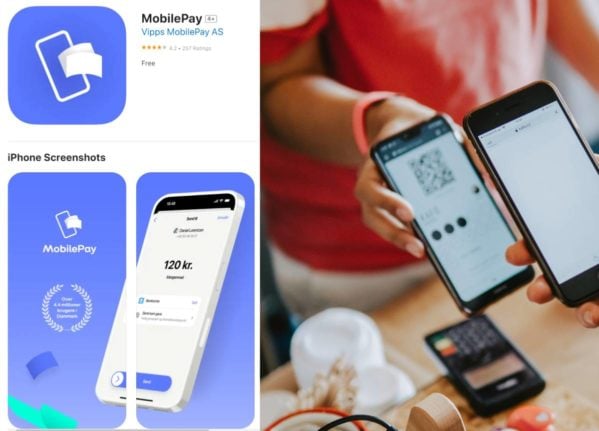New figures have revealed that the average salary in Norway grew to 56,360 kroner during 2023.
The figures from national data agency Statistics Norway showed that wages grew by six percent between November 2022 and the same month last year.
The data agency said the substantial increase was the result of an equally potent rise in the cost of living in recent years.
“The growth in monthly wages is particularly affected by the fact that wage settlements in 2023 were better than in previous years and can be seen in the context of the strong price growth in recent years,” Håkon Grini at Statistics Norway said.
Another factor was the consistently large number of vacancies in Norway.
“A high level of vacancies shows a high demand for labour, which can give employers an incentive to increase wages to attract labour,” Grini said.
READ ALSO: How much money do you need to earn in Norway for a good life in 2024?
Women saw more significant wage increases than men in 2023, and the gender wage gap decreased slightly overall. An average woman’s salary amounted to 88.3 percent of a man’s monthly pay packet.
However, while wage increases were 6 percent on average across the board, a number of industries were left behind.
Auto mechanics (4.5 percent increase), car, taxi and van drivers (4.6 percent), store employees (4.7 percent), cooks (5.4 percent), care workers (5.4 percent), food production workers (5.4 percent), domestic workers such as cleaners (5.5 percent), and waiters (5.9 percent) were the professions to see the lowest monthly increase in wages when measured by kroner.
School assistants received a six percent increase, but were still included in the professions with the lowest increase in monthly earnings.
The ten occupations also earned significantly less than the average wage, with salaries ranging between 42,770 and 34,820 kroner. Overall these workers secured monthly wage rises of between 1,700 and 2,200 kroner.
In many of the above professions, unionising is difficult, so workers in such sectors wouldn’t have benefitted from the improved terms of the collective bargaining agreement.
Medical specialists were the group to see the largest kroner increase in their monthly earnings. The pay packet of a specialist working in medicine grew by 7.3 percent or 6,990 kroner on average. A medical specialist’s average earnings was 102,270 kroner per month in 2023.
Teachers also received considerable salary increases last year. Preschool and kindergarten teachers secured an increase of around 9.4 percent on average. In kroner terms, this amounted to a raise of 4,080 kroner to a monthly salary of 47,670 kroner per month.
High school teachers (7.9 per cent) and primary school teachers (8.5 per cent) saw their monthly wages increase by more than 4,000 kroner per month last year, too.
Managers working in the building trade, administrative managers, senior case managers in public and private business, systems analysts and architects, managing directors and engineers were the other professions to see the most significant wage raises measured by kroner in 2023.
However, several of these workers saw monthly increases much lower than the national average when measured as a percentage increase. These were managing directors (3.8 percent), admin managers (4.8 percent), systems analysts and architects (5.2 percent) and construction and building industry managers (5.8) percent.



 Please whitelist us to continue reading.
Please whitelist us to continue reading.
Member comments